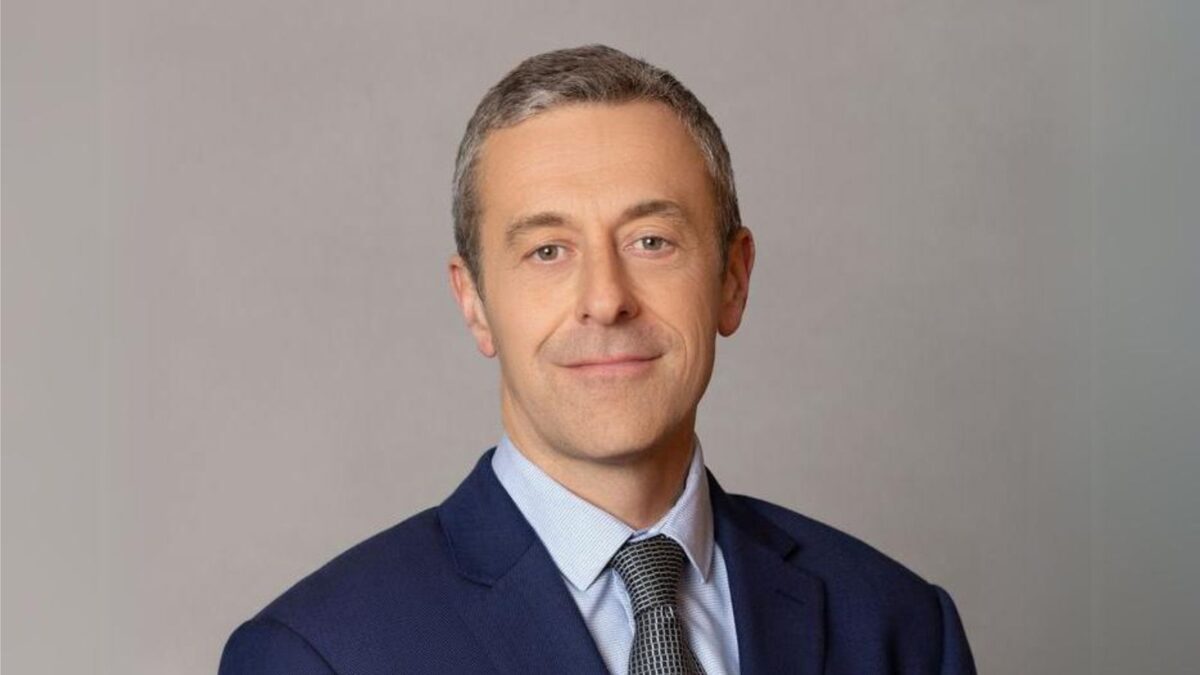New active strategies attracting most fund flows
Justin White
The importance of new products and investment strategies for fund manager inflows has jumped to record levels in the past two years, according to a white paper by Casey, Quirk & Associates. But the product development track record of most managers is “mediocre”. New active strategies are getting most of the inflows.
Casey, Quirk, the global management consultancy which specializes in funds management, surveyed managers on their business strategies for the next five years and discovered an expected rise in new product development led by alliances or new hirings rather than the use of existing portfolio managers and other staff.
Justin White, one of the authors of the paper – ‘New Arrows for the Quiver: Product Development for a New Active and Beta World’ – said: “With their mediocre product development track record, and strong headwinds in their legacy business, investment managers will need to significantly step up their search for new skills… Our research shows that those firms investing substantially in product development already are growing 60 per cent faster than peers who spend the average.”
Executives surveyed said that relying on internal resources to source new investment capabilities would decline to 54 per cent over the next five years, compared with 74 per cent in the previous five years. Meanwhile, 18 per cent of new capabilities will be sourced by recruiting new senior portfolio managers, against 10 per cent in the previous five years. Pursuing acquisitions and forming partnerships to obtain the needed expertise will also rise, as will the search for team liftouts.
Three of the most attractive new active strategies for inflows are multi-asset-class solutions, liquid alternatives strategies and unconstrained fixed income. Casey Quirk predicts that new active will produce a net US$4 trillion in net flows in the next five years, based on US and global retail and institutional data, while passive strategies will produce $US1 trillion in new flows. Traditional active will suffer US$2 trillion in net outflows.
For all active strategies, the proportion of net inflows from products on the market for less than three years jumped to 62 per cent in 2014, compared with 41 per cent in 2013 and 30 per cent in 2012.
So, new products are becoming much more important for fund management businesses but their success rate is poor, White says. Less than 25 per cent of products launched since 2000 gathered more than US$1 billion in assets within 10 years.









